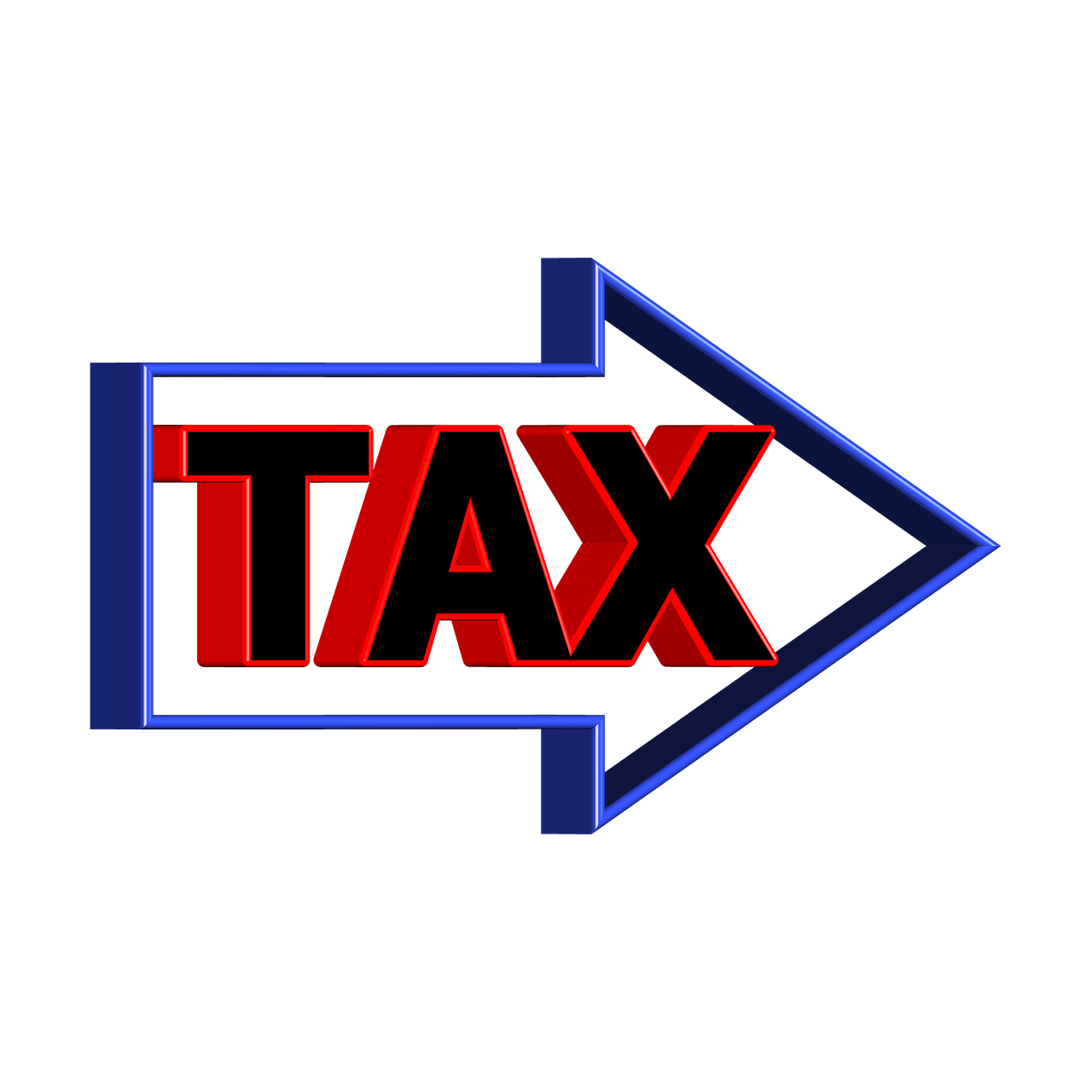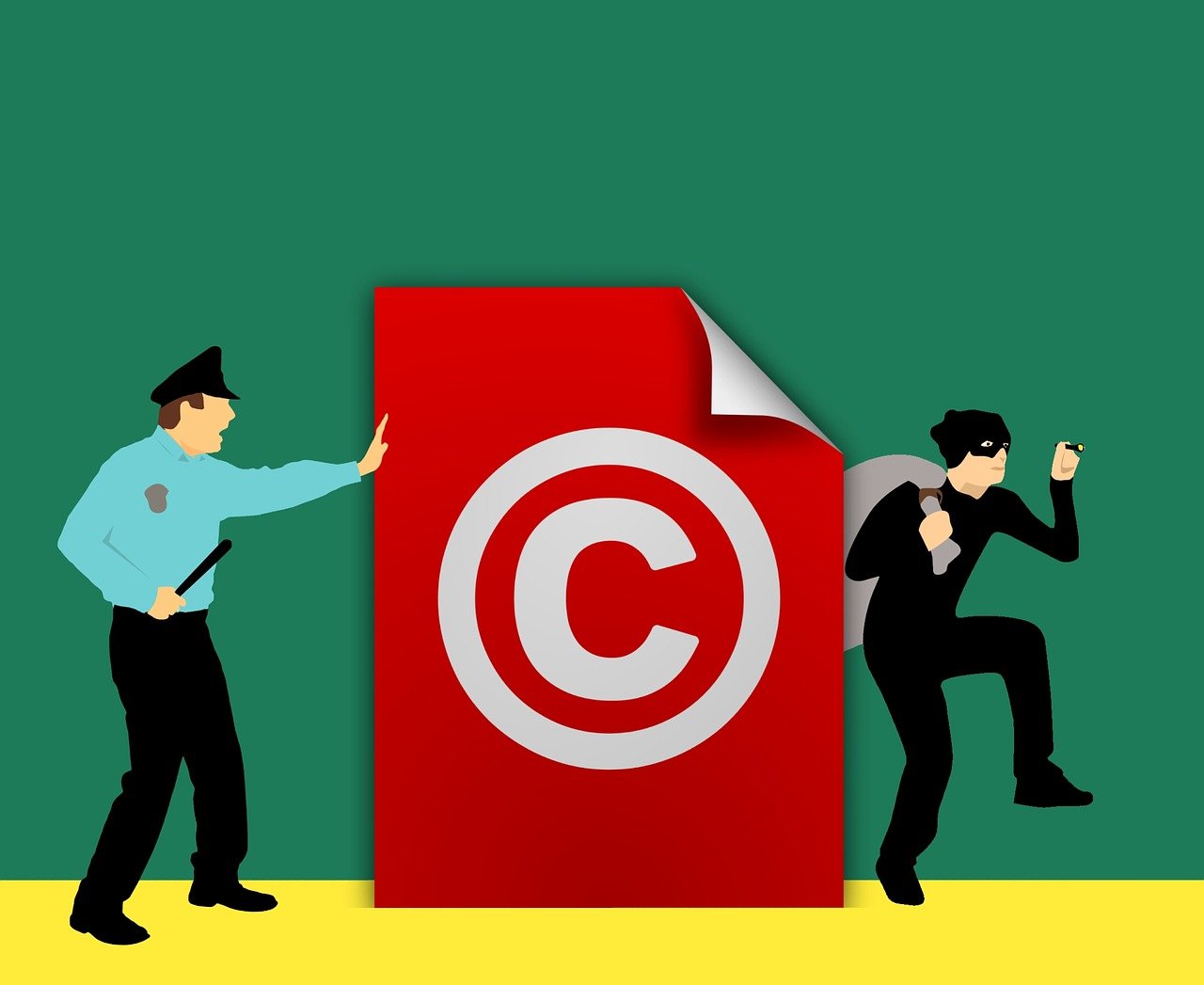Navigating the complexities of business tax structures is a crucial journey for entrepreneurs eager to optimize profits while maintaining full compliance with tax laws. The U.S. tax code offers a delicate balance where strategic decision-making in legal business structures can lead to substantial savings. This landscape has evolved dramatically as tax incentives, deductions, and state-specific opportunities have become more tailored, reflecting the shifting economic realities of 2025. Whether launching a startup or scaling an established enterprise, understanding how to leverage options like LLCs, S-corporations, or C-corporations can determine how much of your hard-earned revenue stays in your pocket versus going to tax authorities.
At the heart of these decisions lies the tension between minimizing tax liability and adhering to the law—an essential dance where crossing the fine line between legal tax avoidance and illegal tax evasion is avoided through informed planning. Many entrepreneurs discover that common tools provided by LegalZoom, Rocket Lawyer, or Incfile help streamline entity formations, while expert advice from tax professionals such as those associated with H&R Block or UpCounsel can reveal less obvious deductions and credits. Businesses find that an orchestrated approach—incorporating robust bookkeeping with software like QuickBooks and platforms for compliance such as Clerky or Stripe Atlas—enhances efficiency while safeguarding legal standing.
From selecting the correct business entity to maximizing strategic deductions and credits, and even considering international tax implications, each avenue offers nuances that can reshape your tax footprint. Recognizing these options prepares business owners to face upcoming tax seasons with confidence, supported by tailored strategies and professional insight that ultimately fuel sustained growth without overpaying taxes.
Choosing the Optimal Business Structure to Minimize Tax Liability Legally
Choosing the right legal structure is foundational to tax efficiency. The structure you settle on not only affects liability protection but directly influences your tax obligations. Each form – be it sole proprietorship, partnership, LLC, S-corporation, or C-corporation – carries unique tax profiles and compliance demands that spell out distinct advantages and limitations.
Sole Proprietorships offer simplicity and minimal startup costs but result in all business income being taxed on the owner’s personal returns. This “pass-through” taxation means profits are taxed once but at potentially higher individual rates. Without liability shields, personal assets are vulnerable, making this form best suited for low-risk ventures.
Partnerships escalate complexity with multiple owners sharing income and losses which pass through to individual tax returns. While offering tax benefits similar to sole proprietorships, partnerships require careful coordination of expense sharing and compliance with IRS partnership rules.
For entrepreneurs aiming to combine liability protection with tax flexibility, the Limited Liability Company (LLC) is highly regarded. LLCs benefit from pass-through taxation by default but can elect to be taxed as a corporation or S-corporation if that suits specific tax strategies. This versatility in taxation combined with the protection of personal assets has made LLCs one of the fastest-growing business structures in the U.S. and a favored choice recorded across platforms like Incfile and LegalZoom.
The S-Corporation status allows shareholders to pay themselves a reasonable salary subject to payroll taxes while receiving remaining profits as distributions taxed only once on personal returns, avoiding corporate tax layers. However, S-corps come with eligibility restrictions, including shareholder limits and restrictions on types of shareholders, which require precise compliance.
On the other hand, the C-Corporation is a traditional entity taxed separately from owners. While it faces double taxation—where the corporation pays tax on profits, and shareholders pay tax again on dividends—it provides unmatched opportunities for reinvestment, issuing multiple stock classes, and attracting investors. As such, it remains the preferred choice for companies planning substantial growth or public offerings, often facilitated by services such as Stripe Atlas and Clerky.
| Business Structure | Taxation Type | Liability Protection | Common Uses |
|---|---|---|---|
| Sole Proprietorship | Pass-through (Personal Tax Rates) | None | Small, low-risk businesses |
| Partnership | Pass-through | Limited – depends on partnership type | Professional groups, joint ventures |
| LLC | Pass-through or Corporate Election | Strong | Small to medium businesses |
| S-Corporation | Pass-through with Restrictions | Strong | Small to medium businesses seeking tax savings |
| C-Corporation | Separate entity (Double Taxation) | Strong | Growth-focused, capital-raising companies |
Incorporating your business with providers like LegalZoom or Incfile can simplify registrations and filings. However, to fully optimize tax outcomes, collaboration with accountants or tax advisors familiar with your business specifics—as recommended by H&R Block or UpCounsel—is crucial. Such experts help navigate the labyrinth of IRS codes and state laws that might dictate added compliance steps or offer further savings.

Maximizing Tax Deductions and Credits Through Strategic Documentation
Properly capturing all eligible business expenses is a critical way to reduce taxable income. Many small and medium-sized businesses inadvertently leave money on the table by not fully leveraging deductions or claiming available tax credits. This oversight is often due to poor accounting practices rather than a lack of qualifying expenses.
Common deductible expenses include:
- Vehicle use for business purposes, with mileage logs or actual expenses
- Travel costs related to meetings, conferences, or client outreach
- Software subscriptions such as QuickBooks and other professional tools
- Home office deductions for portions of the home exclusively used for business
- Marketing and advertising expenses, including digital campaigns
- Employee salaries and benefits
Beyond deductions, businesses can often harness tax credits which directly reduce tax owed rather than just taxable income. Examples include:
- The Work Opportunity Tax Credit for hiring certain targeted groups
- Research and Development Tax Credit incentivizing innovation and development
- Renewable Energy Tax Credits for investments in eco-friendly infrastructure
- State-specific incentives that reward job creation or investments in opportunity zones
Documenting expenses meticulously using software like QuickBooks or integrating automated bookkeeping tools ensures physical proof and accurate categorization, which is indispensable during audits. Services such as TurboTax or Nolo can guide preparers through claiming lesser-known but beneficial credits during tax filing.
| Deduction Type | Example | Tax Benefit |
|---|---|---|
| Vehicle Expense | Business mileage log | Reduces taxable income by actual or standard mileage rate |
| Travel Costs | Hotel and airfare for client meetings | Fully deductible business expense |
| Software Subscriptions | QuickBooks subscription fees | Deductible operational expenses |
| R&D Tax Credit | Developing a new product | Direct credit against tax liability |
Consistent annual review of eligible deductions and credits with seasoned tax professionals is vital to ensure that your business remains compliant yet optimized for tax efficiency. This proactive stance is reinforced at EPAL Consulting, where entrepreneurs receive strategic guidance to maximize deductions safely and legally.
Planning Ahead: Leveraging Income Shifting and Retirement Contributions
Strategic tax planning throughout the fiscal year can make a significant difference in your final tax bill. Timing income and expenses to reduce taxable income or distribute income across family members or business partners is a sophisticated but highly effective approach.
Income shifting involves:
- Deferring income into lower-tax years by delaying invoicing.
- Accelerating expenses such as prepaying rent, utilities, or equipment before year-end.
- Paying reasonable salaries to owners and family members involved in business activities.
- Shifting income to family members in lower tax brackets where legally permissible.
Retirement contributions are another powerful tax-saving strategy. By establishing and funding plans like SEP IRAs, SIMPLE IRAs, or 401(k)s through your business, you reduce current taxable income while building retirement savings.
Many entrepreneurs use platforms like TurboTax or QuickBooks to model different tax outcomes before making these decisions. Tax advisors familiar with niche needs, including those working with Latin American entrepreneurs via UpCounsel, can ensure compliance while maximizing benefits.
| Strategy | Description | Tax Impact |
|---|---|---|
| Income Deferral | Delaying client billing until next tax year | Reduces current-year taxable income |
| Expense Acceleration | Prepaying office rent and utilities | Increases current deductions |
| Retirement Contributions | Contributions to SEP IRA or 401(k) | Decreases taxable income and builds savings |
| Income Shifting | Allocating income to family members legally | Allows tax bracket optimization |
Annual review meetings with tax professionals and usage of calculators or simulators from platforms like Clerky or LegalZoom can help entrepreneurs evaluate tax-saving maneuvers and ensure these remain within legal boundaries.

Utilizing State and Local Tax Incentives to Enhance Compliance and Savings
While federal tax laws establish the framework, state and local tax regulations can significantly affect business tax liabilities. Choosing a state for incorporation based on tax benefits or relocating operations can be strategic choices for minimizing overall tax burden.
State advantages might include:
- Lower or no corporate income taxes in states like Wyoming or Nevada.
- Tax credits for businesses investing in economically disadvantaged or rural areas.
- State-specific deductions such as for capital expenditures or energy efficiency improvements.
- Incentives for job creation and workforce development that can offset payroll taxes.
Businesses established in tech hubs or opportunity zones may claim additional credits or grants designed to stimulate innovation and sustainable growth. Investigating the comprehensive tax landscape with guidance from consultants familiar with regional differences, such as those mentioned in Forbes Business Council, ensures the best fit.
Moreover, fully understanding nexus and sales tax obligations in multistate operations is critical to avoiding penalties and fines. Advanced accounting software integrations and advisory services from QuickBooks or H&R Block assist in tracking and remitting state-specific tax payments accurately.
| State | Tax Benefits | Typical Use |
|---|---|---|
| Wyoming | No corporate or personal income tax | Businesses seeking tax-friendly base |
| Nevada | No corporate income tax, privacy protections | Privacy-focused and tax-minimizing businesses |
| Delaware | Favorable corporate laws, no sales tax on goods | Large corporations and tech startups |
| California | Tax credits for renewable energy | Businesses investing in green technologies |
International Tax Planning and Compliance for Businesses with Global Reach
For enterprises operating beyond U.S. borders or engaging in cross-border trade, international tax planning is paramount. The laws regulating transfer pricing, foreign tax credits, and tax treaties are constantly evolving but essential to minimize global tax exposure while respecting legal frameworks.
Key international strategies include:
- Transfer Pricing Compliance: Pricing transactions between related entities fairly to avoid IRS adjustments.
- Optimizing Entity Structures: Positioning subsidiaries or branches in jurisdictions with favorable tax regimes.
- Taking Advantage of Tax Treaties: Utilizing agreements to avoid double taxation and benefit from reduced withholding rates.
- Planning Cross-Border Financing: Employing debt and equity mix to maximize tax shields.
Many global companies turn to specialized platforms such as UpCounsel, Clerky, or Incfile for structuring and compliance management, alongside professional tax advisors experienced in international tax law. These measures help companies stay compliant with the IRS and international bodies while capitalizing on lawful tax planning strategies.
How can I change my business structure legally to optimize tax benefits?
Changing your business structure usually involves filing paperwork with your state government and informing the IRS. LegalZoom, Clerky, and Rocket Lawyer offer services to ease this transition. Consultation with a tax professional is highly advised to evaluate the pros and cons and ensure the change results in tax savings and compliance.
Are there specific tax credits designed for small businesses?
Yes. Several federal and state programs offer tax credits targeted at small businesses, including the Work Opportunity Tax Credit and Research & Development Tax Credit. Platforms like TurboTax and Nolo help businesses identify and claim these credits during tax filing.
What are the risks of not following compliance when structuring my business?
Failure to comply with tax regulations can lead to audits, penalties, interest on unpaid taxes, and even criminal charges. Proper bookkeeping using QuickBooks and regular advice from experienced professionals ensure you meet all legal requirements while optimizing tax liability.
How do retirement plans affect my business’s tax situation?
Retirement contributions lower your taxable income and help build funds for the future. Establishing plans such as SEP IRAs or 401(k)s through your business can generate significant tax savings. Consulting tax professionals versed in these instruments will maximize benefits.
Can operating in different states affect my tax liability?
Absolutely. States vary widely in tax rates and incentives. Multistate businesses must manage nexus and varying sales tax obligations diligently. Tools provided by H&R Block and QuickBooks are indispensable for navigating these complexities efficiently.


